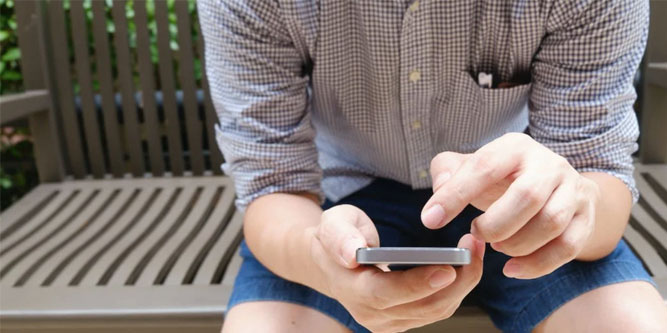Like other smartphones, Android phones come with a built-in flashlight. This can be incredibly handy when you’re unexpectedly left in the dark during a power outage. And of course, the flashlight is essential in its dual role as a camera flash. So what do you do when it suddenly stops working?
Quick Answer: You can fix most Android flashlight problems by resetting your camera app or your phone. You may also have to adjust your power saving settings, update your software, or delete third-party apps. In the worst-case scenario, a factory reset should solve the problem.
11 Ways to Fix Your Android Flashlight
There are multiple ways to fix your Android flashlight. Since some are easy and some are more complicated, we’ll start with the simplest methods. Let’s get to it!
1. Reset Your Camera App
One of the easiest things to do is to reset your camera app. It only takes a few steps, and you don’t even have to restart your smartphone. Here’s how it’s done:
- Swipe down on your screen to bring up the menu. Then select the gear icon to open the Settings menu.
- Tap “Applications,” then scroll down to the camera app.
- Select the camera app, then choose “Storage,” then “Precise data.”
This will reset your camera app. If there’s a bug or you accidentally disabled the flashlight, it will be re-enabled. Just keep in mind that a reset will also clear all your camera settings. So if you’ve made any adjustments, you’ll have to reconfigure the app the way you like it.
2. Restart Your Phone
If you’ve ever talked to tech support about any technology issue, you probably know the first two questions. First they’ll ask if your device is plugged in or if it has a battery charge. The next thing they’ll ask you to do is to restart your system. This is often the most successful solution to technology problems.
Press and hold your phone’s power button until the shutdown menu appears. You can select “Restart” if you want to. Or just power the phone off, wait for 10 to 15 seconds, and power it back on. In most situations, this will solve your flashlight issue.
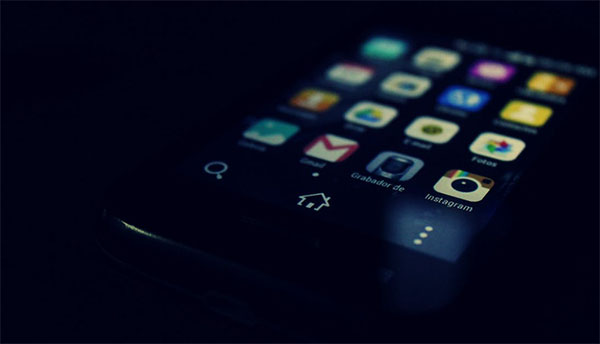
3. Reset Your App Settings
In some cases, resetting your camera app alone won’t do the trick. Other applications will also use the flashlight, and their settings can affect its function. To fix this, you can perform a blanket reset on all your phone apps. Here’s what you need to do:
- Swipe down on your screen, then select the gear icon from the menu to open your settings.
- Tap “Applications,” then tap the three dots at the top right.
- In the popup menu, select “Reset app preferences.” When you get the confirmation message, tap “OK.”
As with resetting your camera app, all of your app settings will be reset to the factory default. However, this will reset all your app settings, not just the ones for your camera. Messages, social media apps, and others will all be affected.
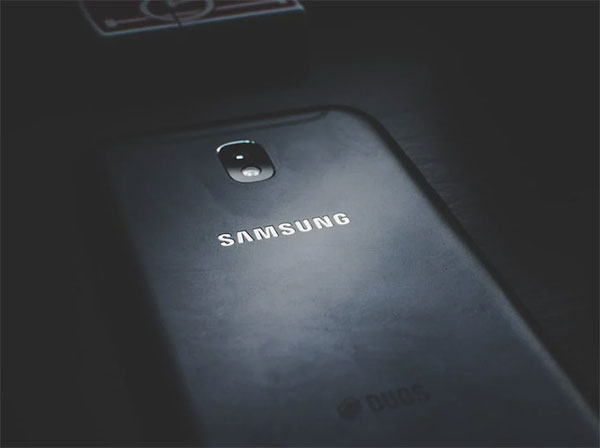
4. Try Using Safe Mode
Like most other operating systems, Android has a safe mode for diagnostic purposes. It stops third party software from changing the phone’s basic functions. So if a third party app is affecting your flashlight function, safe mode should be able to solve the problem.
The process works differently on different phones, so we’ll describe it in broad strokes. Press and hold your power button until the power off menu appears. Within the menu, select Restart, then wait for your phone to shut down. Don’t wait for it to start back up, though. As soon as the screen is black, press and hold the power button until it turns back on.
If this doesn’t work, you can try a few different methods. For one thing, you may be running an older version of Android. In that case, press and hold the Restart button instead of simply tapping it.
Samsung and some other manufacturers use a different method. Restart your phone as normal, and wait until the logo appears on the screen. While it’s still on the screen, press the volume down button on the side of your phone. If this works correctly, you’ll see the words “safe mode” at the bottom of the screen after booting up.
If your flashlight works in safe mode, it’s because a third-party app is interfering with its performance. Go through any recently-installed apps and remove them. Then add them back one by one until you figure out which one caused the flashlight to malfunction.
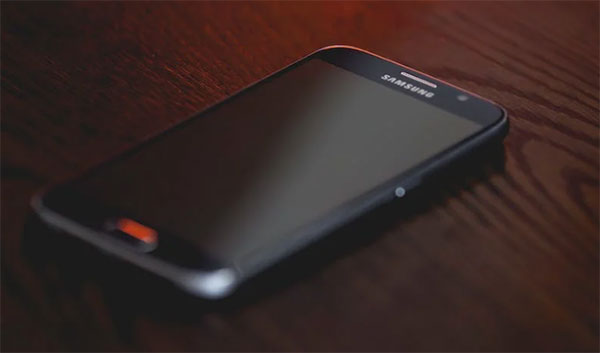
5. Try a Third-Party Flashlight App
If the button in your phone menu won’t activate the flashlight, you can try a third-party app. There are literally hundreds of these apps out there, but we recommend Flashlight. It doesn’t spy on you or share your data with advertisers, and it seems to work very well. The only downside is that it will display an add while you’re using your flashlight.
6. Disable Auto Mode
Your camera app’s auto mode is designed to activate or deactivate the flash depending on the light level. But sometimes it gets “stuck” with the light on or off. Open your camera app, and turn the automatic flash setting on and off. Hopefully this works. If it doesn’t, there may be an issue with your phone’s light sensor.
7. Avoid Using Battery Saver Mode
Android phones have a Battery Saver function that’s designed to limit power consumption. When it’s enabled, there are a number of changes to your phone’s function. For example, location services and voice commands will only work when the screen is active. Most importantly, it can disable background apps and cause delays in some of your notifications.
Unfortunately, some battery saver functions can negatively impact your flashlight. To avoid this, you can change your Battery Saver settings. To do this, first open your phone’s settings menu and select “Apps.” Choose “See all apps,” then select your camera app. Tap “Battery,” and you’ll see a set of options. If Battery Saving is active, it will be set to “Optimized” by default. This means that Android is managing the power and may be throttling power to the app. To change this, select “Unrestricted” instead.
This works differently on certain versions of Android. For example, with a Samsung phone, you have to go to “Battery and device care,” and change those settings. If you’re not sure, check your owner’s manual for more guidance.
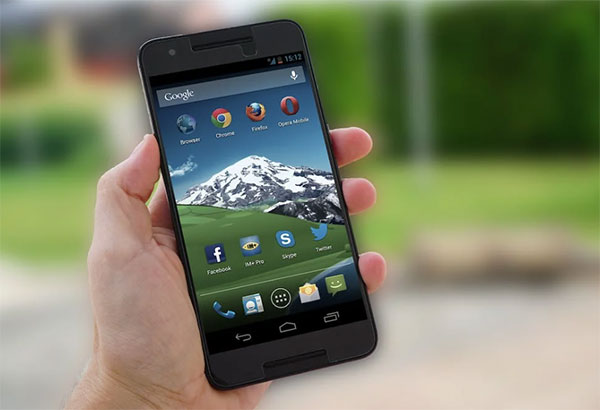
8. Update Your Software
If your operating system has recently updated, it may not “play nice” with older versions of your apps. So while you’re adjusting your phone settings, it’s also smart to look at your apps. Manually update your flashlight and camera apps, as well as any other apps like Snapchat that have access to your light. After the manual updates, try your flashlight again and see if it works.
9. Check for Physical Damage or Blockage
If your light still isn’t working, it’s good to inspect it and see if there’s anything visibly wrong. See if the lens is cracked, which could be an indicator of impact damage. Similarly, look for any damage to the adjacent camera lenses.
While you’re at it, look for any protective film or tape that covers your flashlight. This could be a badly-applied camera cover, or something as simple as a stray piece of masking tape.
10. Limit Your Use of Third-Party Apps
If you’re using multiple apps that control your phone light, they could be interfering with each-other. This is especially true if you have more than one running simultaneously. Go through your apps and see which ones have permission to use the flashlight. If more than two are installed, there could be a conflict.
11. Perform a Factory Reset
If all else fails, you can perform a factory reset on your phone. Keep in mind that this is a “nuclear option.” It will clean up almost any issues or bugs, but it also has massive downsides. You’ll lose any photos or other data you’ve saved, so make sure to back your data up beforehand! Once you’ve backed u all your personal files, you’re ready to perform the reset.
Open your phone settings menu and select the general management menu. Find the “Reset” button and select it. In this menu, choose “Factory data reset,” scroll down, and choose “Reset device.” The reset process can take as long as 10 minutes, so you might as well grab a snack while you’re waiting. Barring damage or a hardware failure, the flashlight should now work.
Final Thoughts
As you can see, there are a number of ways to fix your Android flashlight. In most cases, it’s as simple as resetting your camera app or restarting your phone. As with most types of technology, a reset will solve a wide variety of problems.
Of course, things aren’t always that simple. You may need to uninstall third-party apps or disable your camera’s automatic flash mode. Disabling battery saver mode can also help. And if all else fails, a factory reset should solve your flashlight problem for good.
Meet Ry, “TechGuru,” a 36-year-old technology enthusiast with a deep passion for tech innovations. With extensive experience, he specializes in gaming hardware and software, and has expertise in gadgets, custom PCs, and audio.
Besides writing about tech and reviewing new products, he enjoys traveling, hiking, and photography. Committed to keeping up with the latest industry trends, he aims to guide readers in making informed tech decisions.

